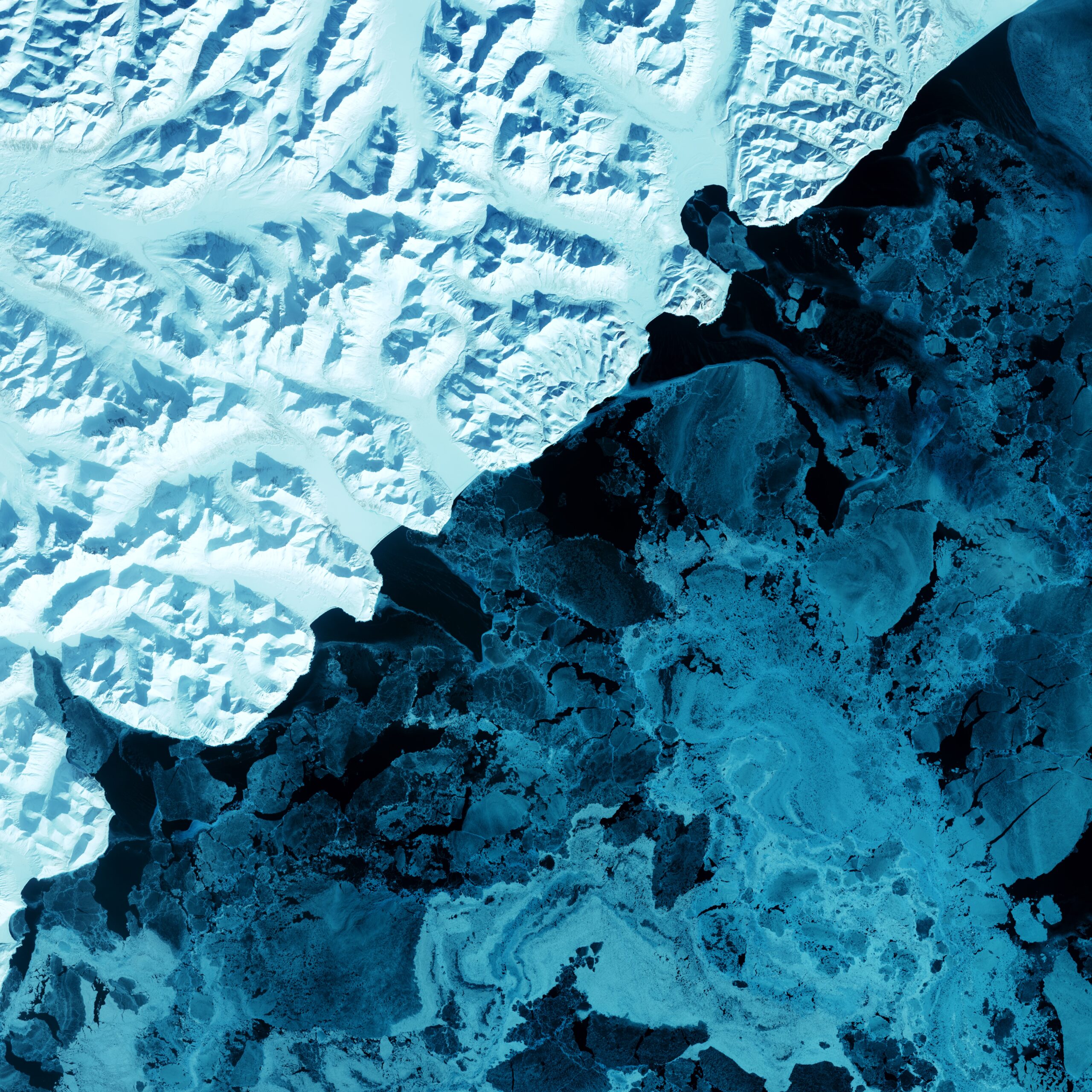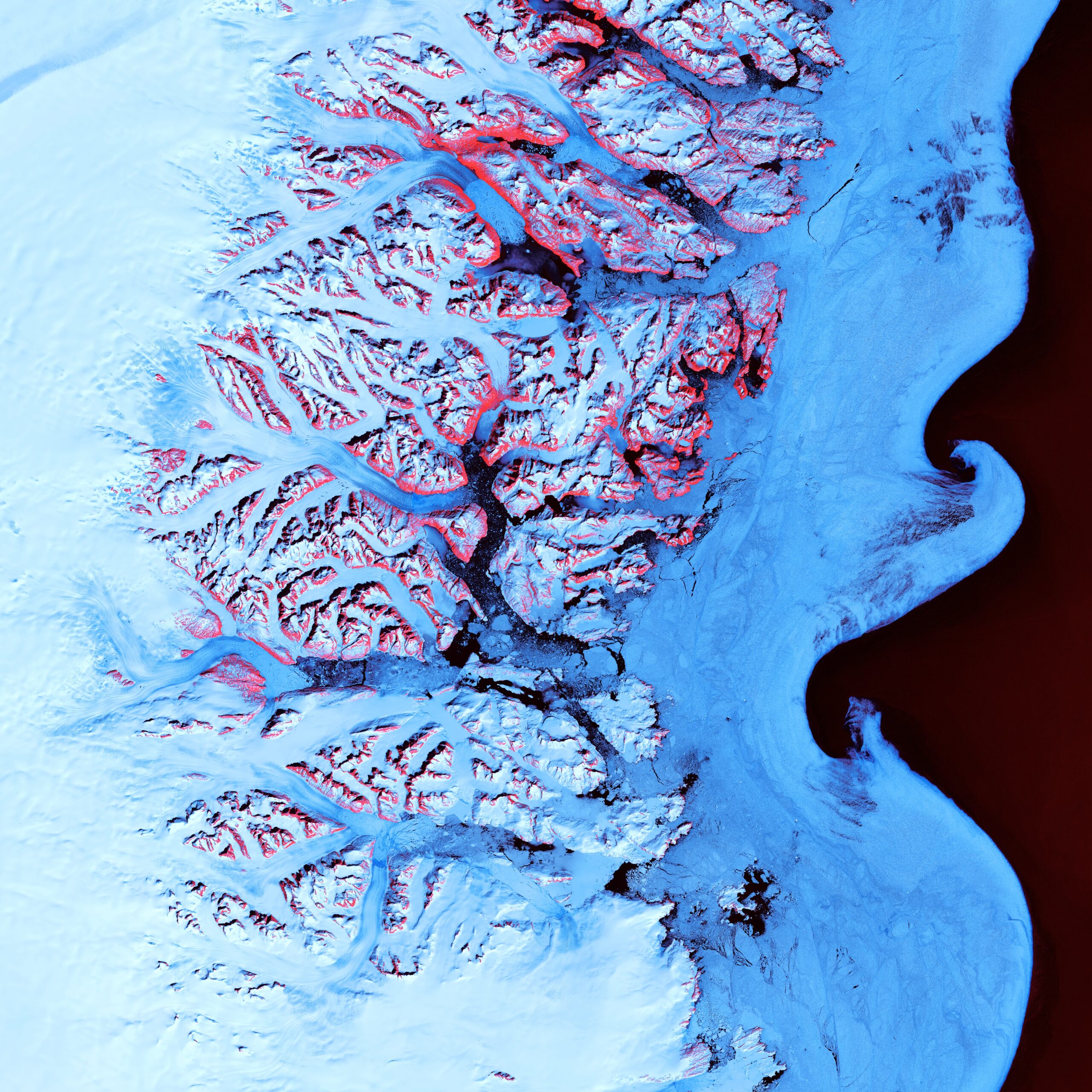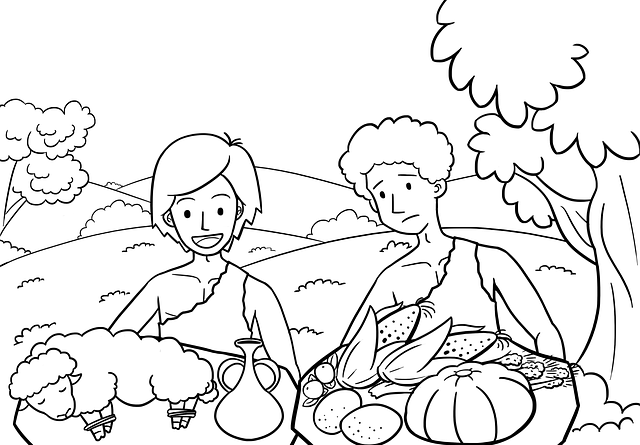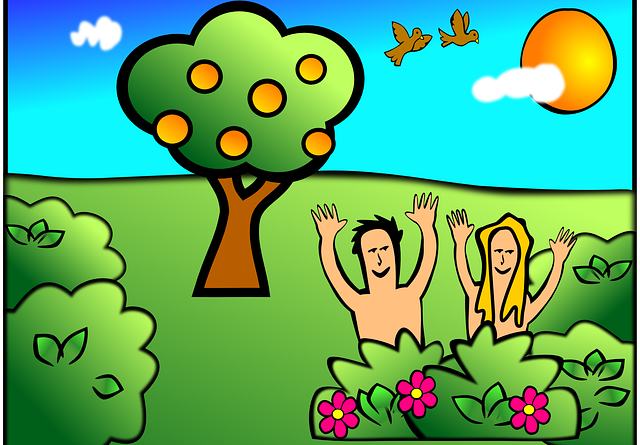Imagine a world where there was nothing but darkness and emptiness. It was in this void that everything we know and love was brought into existence. This is the incredible tale, known as “The Creation Story,” which has been passed down through generations, fueling our sense of wonder and inspiring us to seek deeper meaning in the world around us. From the formation of the stars to the birth of life itself, this story holds the key to understanding the origins of our universe and the intricate tapestry of existence. Join us as we embark on a journey through time and space, exploring the fascinating and mystical realm of creation.
The Creation Story
Overview
Every culture and religion has its own story of how the world came into being. These creation stories offer insights into the beliefs, values, and cultural identities of different communities. From ancient mythologies to scientific theories, the concept of creation has fascinated humanity for centuries. This comprehensive article will explore the nature of creation, various creation myths from different cultures, the biblical creation story, the conflict between creationism and evolution, scientific theories of creation, the origin of life, creation stories in indigenous cultures, the symbolism of creation stories, and contemporary perspectives on creation.
1. The Nature of Creation
1.1 Mythological and Religious Perspectives
Creation myths from various cultures often involve gods or higher beings who shape the world from chaos, bringing order and life into existence. These myths serve as explanations for the origin of the universe, the elements, and human existence. They provide a sense of purpose, morality, and guidance for communities, establishing a connection between the divine and the earthly realm.
1.2 Scientific Theories
In contrast to mythological and religious perspectives, scientific theories of creation focus on natural processes and empirical evidence. These theories attempt to explain the origin of the universe, the formation of celestial bodies, and the evolution of life on Earth. By employing observations, experiments, and mathematical models, scientists have proposed various theories such as the Big Bang Theory, Stellar Evolution, Chemical Evolution, and Biological Evolution.

This image is property of images.unsplash.com.
2. Creation Myths from Different Cultures
2.1 Ancient Egyptian Creation Myth
The Ancient Egyptians believed that the universe emerged from the chaotic waters of the primeval sea. According to their creation myth, the god Ra, accompanied by other deities, rose from the waters to create the world and all living beings. The sun god Ra played a significant role in the Egyptian creation story, symbolizing life and rebirth.
2.2 Norse Creation Myth
Norse mythology tells the story of the world’s creation through the clash of fire and ice. In Norse cosmology, the fiery realm of Muspelheim and the icy realm of Niflheim collided, forming a cosmic void known as Ginnungagap. From this void, the primordial giant Ymir and the first gods were born. The Norse creation myth emphasizes the cyclical nature of existence and the importance of balance between opposing forces.
2.3 Hindu Creation Myth
Hinduism offers multiple creation stories, but one of the most well-known is the Rigvedic creation hymn known as the Nasadiya Sukta. It portrays the universe as emerging from a primordial darkness, with the gods and goddesses working together to bring order and harmony. The Hindu creation myth emphasizes the eternal and ever-changing nature of existence, with the universe undergoing cycles of creation, preservation, and dissolution.
2.4 Aboriginal Creation Myth
Aboriginal creation myths from Australia highlight the deep spiritual connection between the land and its indigenous people. These creation stories often involve ancestral beings who shaped the landscape, created plants and animals, and established cultural practices. The Dreaming, or the Dreamtime, is a central concept in Aboriginal creation myths, representing the time when the world was brought into existence by the actions of these ancestral beings.
3. Biblical Creation Story
3.1 Genesis 1: The Seven Days of Creation
The biblical creation story, found in the book of Genesis, describes the creation of the world in seven days. According to this account, God spoke the universe into existence, forming the heavens, the earth, and all living creatures. Each day of creation is characterized by God’s declaration that what was created is good. On the seventh day, God rested, establishing the concept of a Sabbath, a day of rest and reflection.
3.2 Genesis 2: The Creation of Adam and Eve
Genesis 2 focuses specifically on the creation of human beings. It tells the story of Adam, the first man, and Eve, the first woman. God created Adam from the dust of the earth and breathed life into him, and then created Eve from one of Adam’s ribs. This creation story serves as the foundation for the belief that all human beings are descendants of Adam and Eve, emphasizing the interconnectedness of humanity.

This image is property of images.unsplash.com.
4. Creation and Evolution
4.1 The Conflict between Creationism and Evolution
The conflict between creationism and evolution has been a topic of debate for many years. Creationism advocates for the belief that the universe and all living beings were created by a divine entity, while evolution suggests that life on Earth has gradually evolved over millions of years through natural selection and genetic variation. This conflict arises from differing interpretations of religious texts and scientific evidence.
4.2 Theistic Evolution
Theistic evolution seeks to reconcile the principles of evolution with religious belief. It posits that God guided the process of evolution, allowing for the development of life on Earth while still maintaining the existence of a divine creator. This perspective accepts the scientific consensus on evolution while incorporating religious faith.
4.3 Intelligent Design Theory
Intelligent Design Theory proposes that certain features of the natural world are best explained by an intelligent cause rather than natural processes alone. It suggests that these features are the result of deliberate design by an intelligent entity, often interpreted as God. While controversial and criticized by the scientific community for lack of empirical evidence, proponents of intelligent design argue that it offers an alternative explanation for the complexity of life.
5. Scientific Theories of Creation
5.1 The Big Bang Theory
The Big Bang Theory is one of the most widely accepted scientific explanations for the origin of the universe. According to this theory, the universe began as an infinitely hot and dense point, known as a singularity, which rapidly expanded and continues to expand to this day. This expansion gave rise to the formation of galaxies, stars, and planets, including Earth.
5.2 Stellar Evolution
Stellar evolution explains the birth, life, and death of stars. Stars are formed from the gravitational collapse of dense regions within interstellar clouds. Through nuclear fusion, stars convert hydrogen into helium, releasing vast amounts of energy. The life cycle of a star is determined by its initial mass, with smaller stars eventually becoming white dwarfs or neutron stars, and more massive stars ending their lives in dramatic supernova explosions.
5.3 Chemical Evolution
Chemical evolution refers to the processes by which the elements required for life were formed. Elements like carbon, nitrogen, and oxygen were synthesized in the cores of stars through nuclear reactions. When these stars exploded as supernovae, they released these elements into space, eventually forming the building blocks necessary for the formation of planets and life.
5.4 Biological Evolution
Biological evolution explains the diversity of life on Earth. Through the mechanisms of mutation, natural selection, and genetic drift, species gradually change over time, leading to the emergence of new species. This process, driven by environmental factors and inherited traits, has resulted in the incredible variety of life forms that exist today.

This image is property of images.unsplash.com.
6. Creation and the Origin of Life
6.1 Abiogenesis
Abiogenesis is the scientific theory that suggests life originated from non-living matter. This theory proposes that in a primordial Earth, various chemical reactions in the oceans and atmosphere led to the formation of complex organic molecules, ultimately giving rise to the first living organisms. Though the exact details of how this occurred are still being explored, abiogenesis provides a potential explanation for the origin of life on Earth.
6.2 Panspermia
Panspermia is the hypothesis that life on Earth originated from microorganisms or organic materials transported through space. This suggests that the building blocks of life could have been delivered to Earth through meteorites or comets. While the concept of panspermia offers an alternative perspective on the origin of life, further scientific evidence is needed to substantiate this theory.
6.3 The Primordial Soup Theory
The Primordial Soup Theory posits that the first life forms arose from a mixture of organic compounds in Earth’s early oceans. This mixture, often likened to a “soup,” contained amino acids, nucleotides, and other building blocks of life. Over time, these compounds underwent chemical reactions, leading to the formation of more complex molecules and eventually the first living organisms.
7. Creation Stories in Indigenous Cultures
7.1 Native American Creation Stories
Native American creation stories vary greatly among different tribes, reflecting the rich cultural and linguistic diversity of indigenous peoples. These stories often highlight the intimate connection between humans, nature, and spiritual beings. They emphasize concepts such as balance, harmony, and the responsibility to care for the natural world.
7.2 African Creation Stories
African creation stories are deeply rooted in the traditions and ancestral beliefs of diverse ethnic groups across the continent. These stories typically involve the actions of gods, goddesses, and ancestral beings who shaped the land, created humanity, and established cultural norms. African creation stories often emphasize the interconnectedness of all living beings and the importance of collective responsibility.
7.3 Australian Aboriginal Creation Stories
Australian Aboriginal creation stories, known as Dreaming stories, are vital to the spiritual and cultural identity of indigenous communities. These stories explain the creation of the land, animals, plants, and people, and convey important moral and ethical lessons. The Dreaming stories provide a framework for understanding one’s role within the natural and spiritual world, fostering a deep sense of connection and responsibility.
8. The Symbolism of Creation Stories
8.1 Creation as a Symbol of Order and Chaos
Creation stories often use the dichotomy of order and chaos to convey deeper symbolic meanings. The process of creation represents the triumph of order over chaos, illustrating the struggle to bring harmony and structure to the world. By exploring the balance between opposing forces, creation stories provide insights into the complexities of existence and the human desire for stability.
8.2 Creation as a Symbol of Human Origins
Creation stories frequently explore the origins of humanity, shedding light on questions of identity, purpose, and human nature. By delving into the narrative of human creation, these stories help communities understand their place in the world and their relationships with one another. They offer explanations for the diversity of human experiences and reflect the shared universal need to find meaning in our existence.
8.3 Creation as a Symbol of Cultural Identity
Creation stories are often intertwined with cultural traditions and values, serving as a cornerstone of cultural identity. These stories are passed down through generations and shape the beliefs, practices, and worldview of communities. By recounting and perpetuating creation myths, cultures affirm their unique heritage and reinforce a sense of belonging.
10. Contemporary Perspectives on Creation
10.1 Secular Perspectives
Secular perspectives on creation emphasize scientific explanations and the separation of religious beliefs from public discourse. These perspectives emphasize the importance of empirical evidence, critical thinking, and the scientific method in understanding the origin and development of the universe.
10.2 Interfaith and Ecological Perspectives
Interfaith and ecological perspectives on creation seek to bridge the gap between religious beliefs and scientific understanding. These perspectives embrace the interconnectedness of all life and advocate for the responsible stewardship of the Earth. By integrating religious teachings with ecological awareness, interfaith perspectives offer a holistic approach to the understanding of creation.
In conclusion, the concept of creation encompasses a vast array of mythological, religious, and scientific perspectives. From ancient mythologies to contemporary scientific theories, humans have sought to understand the origin of the universe, the emergence of life, and the significance of our existence. Creation stories from different cultures provide valuable insights into humanity’s collective imagination and cultural identity. The ongoing dialogue between creationism and evolution highlights the intersections between science and faith. Scientific theories of creation, such as the Big Bang Theory, Stellar Evolution, Chemical Evolution, and Biological Evolution, offer evidence-based explanations for the origin and development of the universe. The exploration of the origin of life through theories like abiogenesis, panspermia, and the primordial soup theory continues to captivate scientific inquiry. Indigenous creation stories from Native American, African, and Australian Aboriginal cultures celebrate the interconnectedness between humans, nature, and the spiritual realm. Symbolically, creation stories reflect the struggles between order and chaos, explore the narratives of human origins, and define cultural identity. Contemporary perspectives on creation range from secular viewpoints that prioritize scientific understanding to interfaith and ecological perspectives that seek to reconcile spirituality with environmental stewardship. Ultimately, the stories and theories surrounding the creation of the world and life continue to inspire wonder, contemplation, and a search for deeper meaning.







